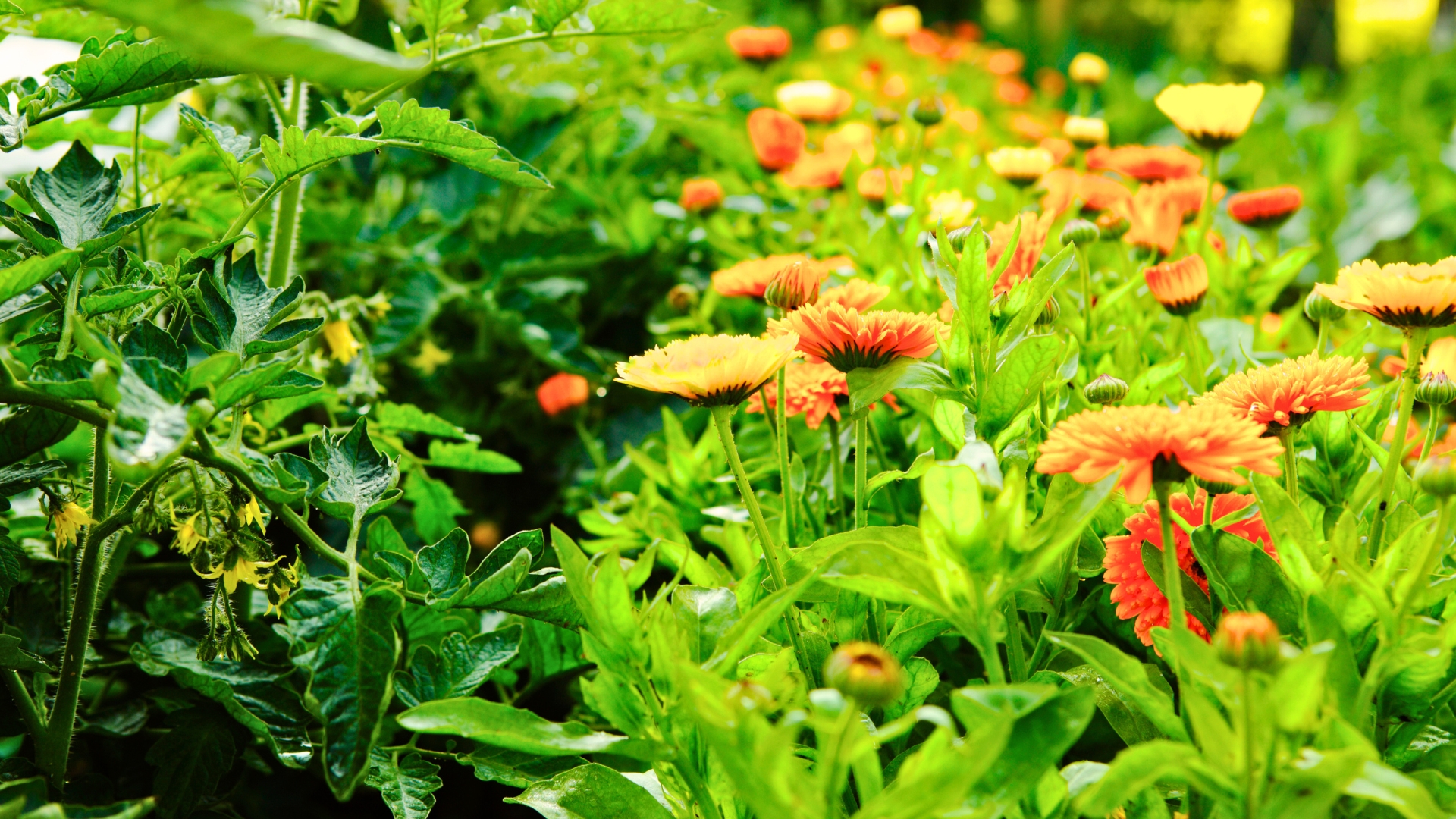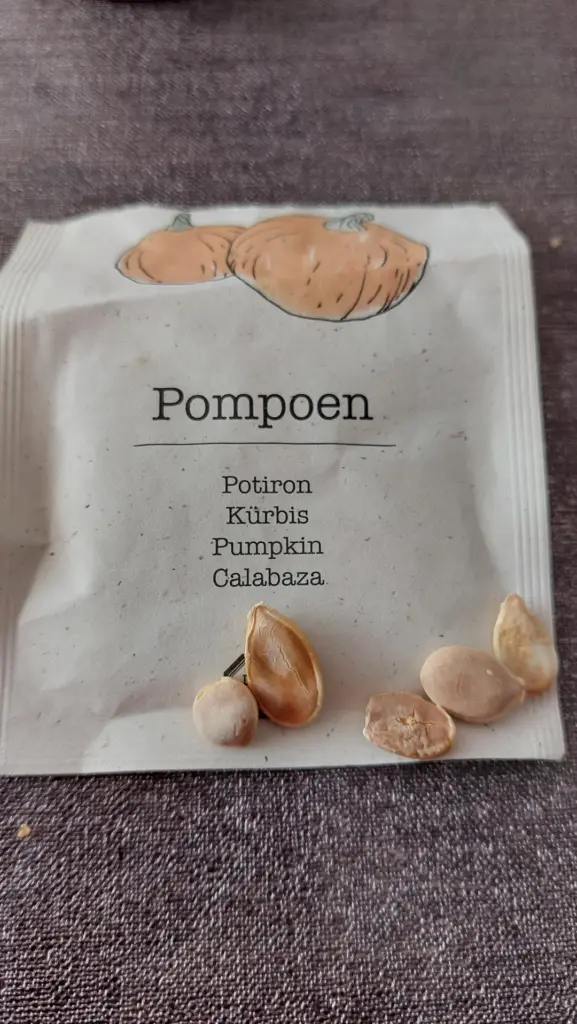17 Companion Planting Mistakes That Could Affect Your Garden’s Growth
Getting companion planting right can make a big difference, but some common mistakes might slow your garden down. Mixing plants without checking their needs or habits can lead to competition instead of support.
Overcrowding, ignoring soil conditions, or pairing the wrong plants together can cause more harm than good. These slip-ups often go unnoticed but can affect how well your garden grows.
Knowing what to avoid helps keep your plants happy and thriving!
1. Overcrowding Plants
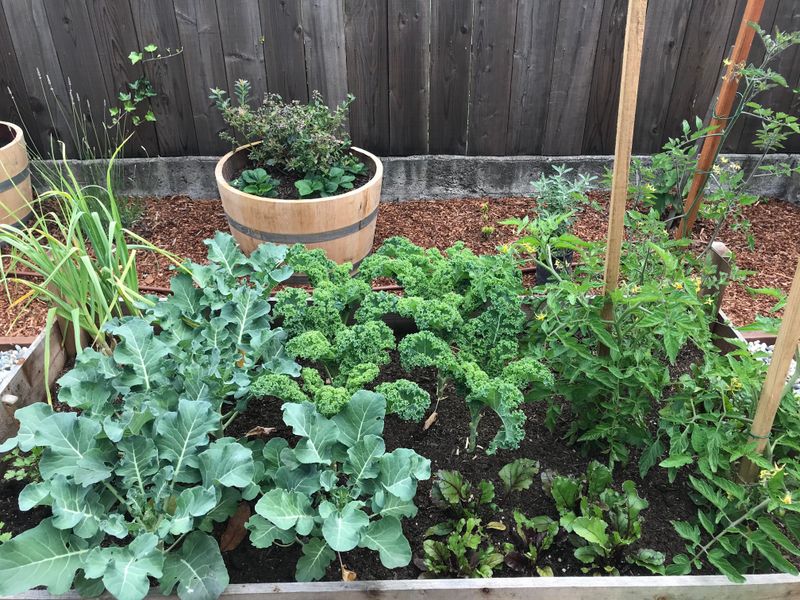
Ever walked into a crowded room and felt the walls closing in? Your plants feel the same when they’re squished together like sardines. Overcrowding can lead to competition for nutrients and sunlight, stunting growth.
Give them some breathing room! Space your plants according to their needs, allowing each to soak up the sun and stretch its roots. Proper spacing promotes healthy growth and reduces the risk of diseases.
2. Ignoring Plant Compatibility
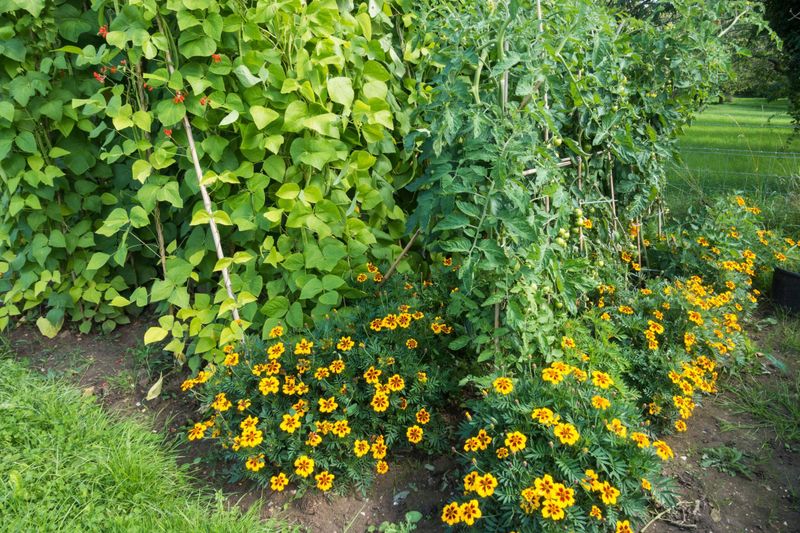
Mixing incompatible plants is like inviting cats and dogs to a tea party – chaos ensues! Some plants simply don’t get along and can stunt each other’s growth or attract pests.
Do your homework and pair plants that support each other. Use companion planting charts to guide your choices and create a harmonious garden. Happy plant friendships lead to a thriving garden!
3. Neglecting Soil Health
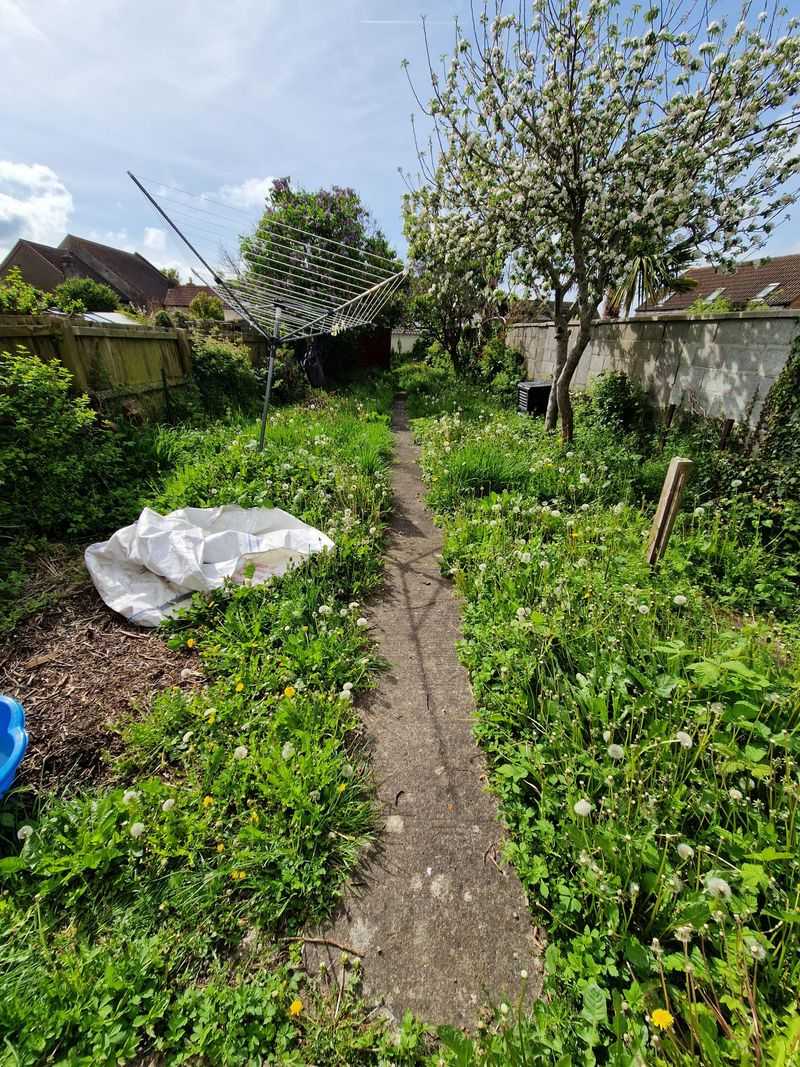
Think of soil as your garden’s lifeblood. Neglecting it is like serving stale bread at a feast – unappetizing and ineffective. Without healthy soil, plants struggle to get the nutrients they need.
Regularly test soil pH and amend with compost or fertilizers as needed. Give your plants a nourishing start with rich, well-draining soil. Healthy soil equals happy plants!
4. Planting at the Wrong Time
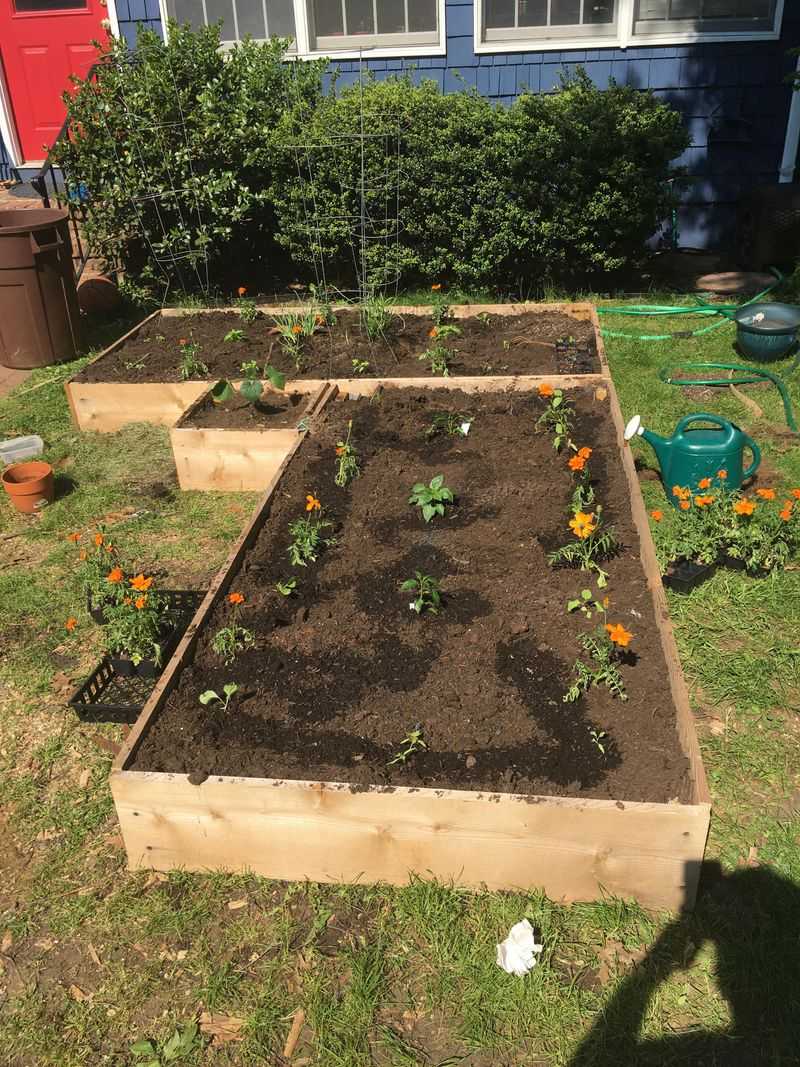
Timing is everything! Planting seeds at the wrong time is like wearing a parka in summer – uncomfortable and unwise. Different plants thrive in different seasons.
Follow planting calendars tailored to your local climate for best results. By sowing seeds at the optimal time, you’ll ensure strong growth and bountiful harvests.
5. Overlooking Sunlight Requirements
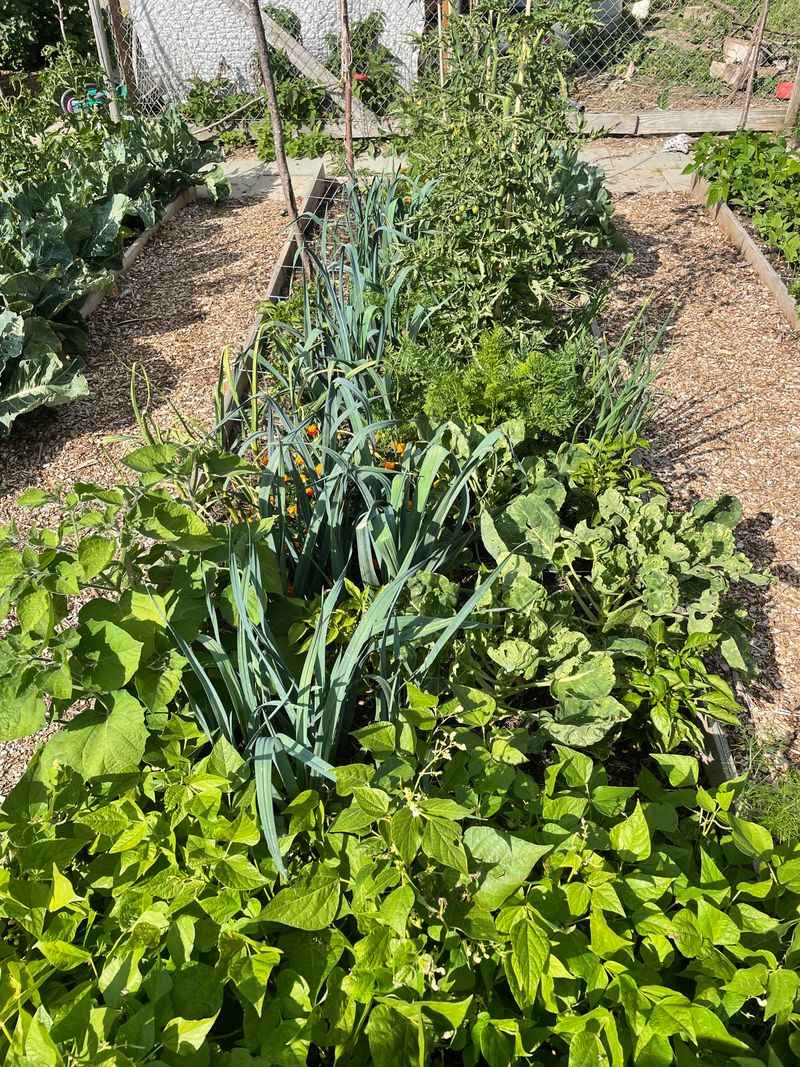
Sunlight is a garden’s best friend, but not every plant loves the sun the same way. Some plants bask in full sun, while others prefer dappled shade.
Assess your garden’s sunlight exposure and match plants to their preferred light conditions. By aligning plants with their sun needs, you’ll prevent wilting and encourage lush growth.
6. Neglecting Water Needs

Water! Too much and they drown, too little and they thirst. Striking the right water balance is crucial for plant health.
Pay attention to each plant’s water requirements and adjust your watering schedule accordingly. By understanding and meeting their H2O needs, you’ll nurture a vibrant and thriving garden.
7. Forgetting to Rotate Crops

Crop rotation is like a spa day for your soil, rejuvenating its nutrients. Forgetting this is akin to wearing the same clothes day in and day out.
Rotate your crops each season to prevent nutrient depletion and break disease cycles. Fresh soil means healthier plants and a more bountiful harvest.
8. Not Controlling Pests Naturally

When pests attack, reaching for chemicals might seem like the quickest fix. But it’s like inviting a bull into a china shop – too much damage!
Opt for natural pest control methods instead. Introduce beneficial insects or use homemade sprays to keep your garden eco-friendly and thriving.
9. Over-fertilizing
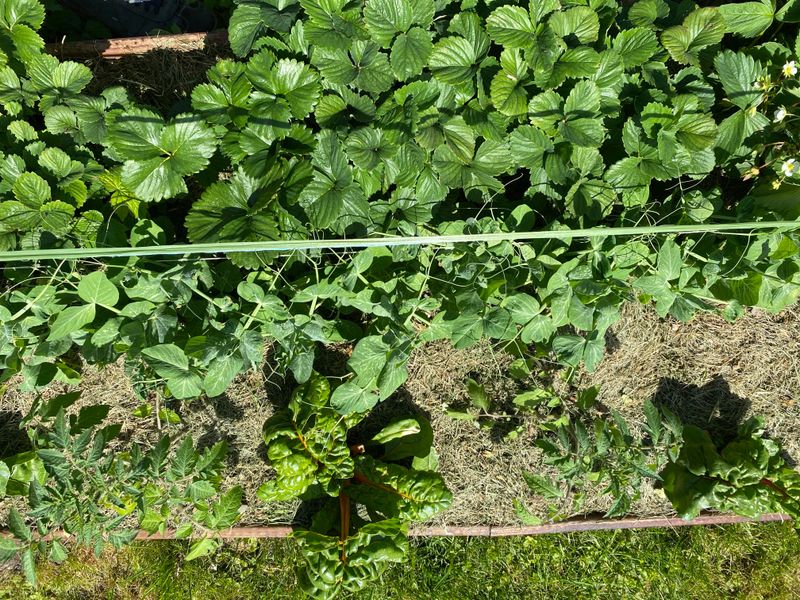
Fertilizer is plant food, but too much of it is like overloading on junk food! Over-fertilizing can lead to nutrient imbalances and even harm plant roots.
Apply fertilizers sparingly and follow recommended guidelines. Balance is key to ensuring your plants get the nutrients they need without the excess.
10. Using Non-Native Plants
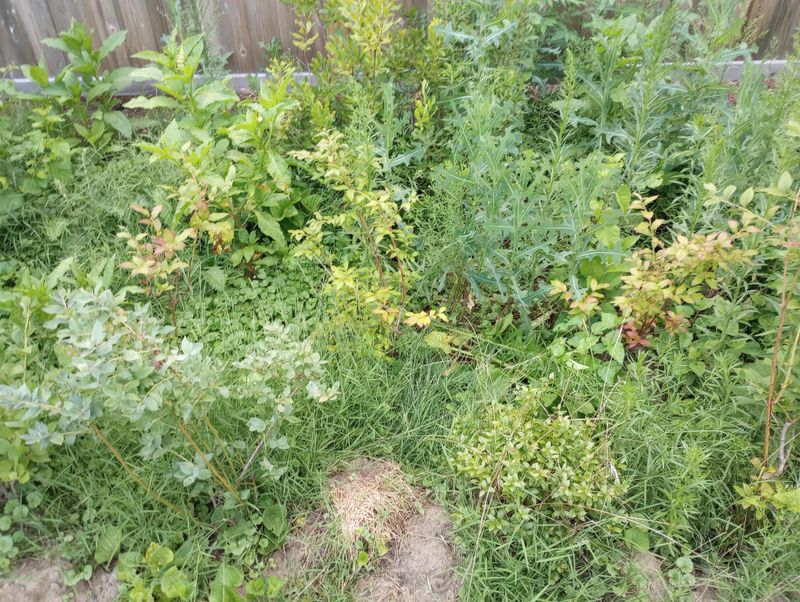
Non-native plants often struggle to thrive in unfamiliar environments, much like a fish out of water. They can upset the local ecosystem and attract pests.
Choose native plants that are adapted to your region. They will be more resilient and easier to maintain, leading to a flourishing garden.
11. Planting Too Deep or Shallow

Planting depth is a Goldilocks dilemma – too deep or too shallow, and your plants might not grow well. It’s all about finding the sweet spot!
Follow seed packet instructions for the right planting depth. Properly planted seeds have the best chance to sprout and flourish.
12. Not Pruning Regularly
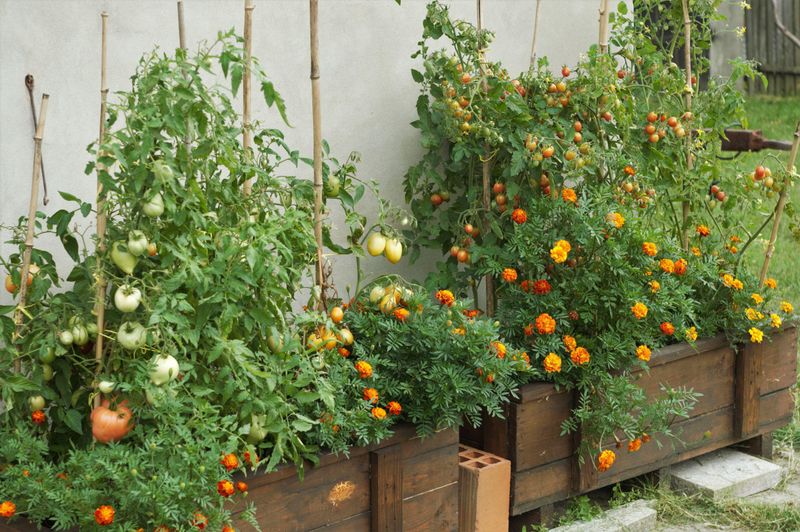
Pruning is like giving your plants a stylish haircut. Neglecting it can lead to overgrown, unruly plants that overshadow others.
Regularly prune to remove dead or diseased branches and promote airflow. This not only tidies up your garden but encourages healthy growth.
13. Ignoring Microclimates
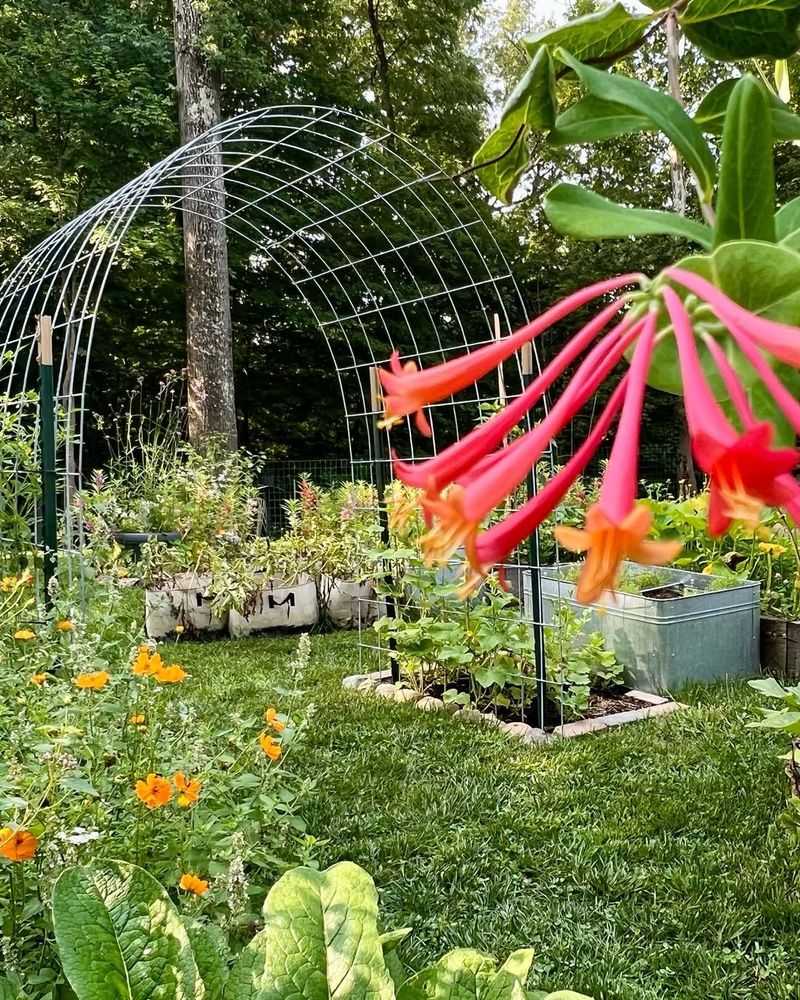
Every garden has its quirks, with areas that are hotter or cooler than others. Ignoring these microclimates is like wearing wool in summer!
Observe your garden’s unique conditions and plant accordingly. Embrace the diversity and match plants to their preferred spots for a thriving garden.
14. Planting Invasive Species

Invasive species are like uninvited party crashers – they take over and push others aside. Once they settle in, they can be hard to control.
Avoid planting invasive species and opt for well-behaved plants. Your garden will remain diverse and balanced, allowing all plants to coexist.
15. Neglecting Companion Benefits
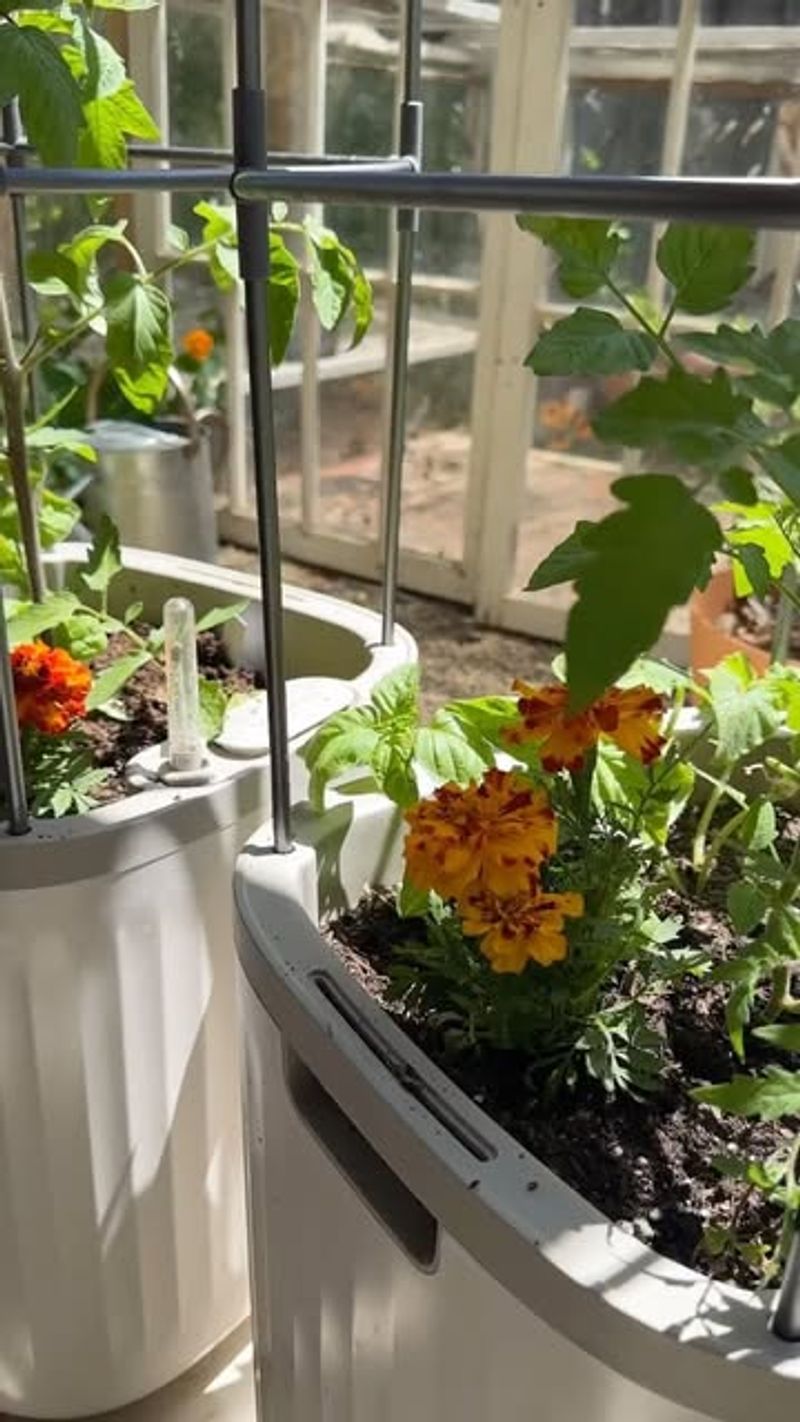
Some plant pairs are like best friends, supporting each other’s growth. Missing out on these beneficial relationships is a missed opportunity!
Research and plant companions together to boost growth and deter pests naturally. A well-matched garden is a happy garden!
16. Not Mulching
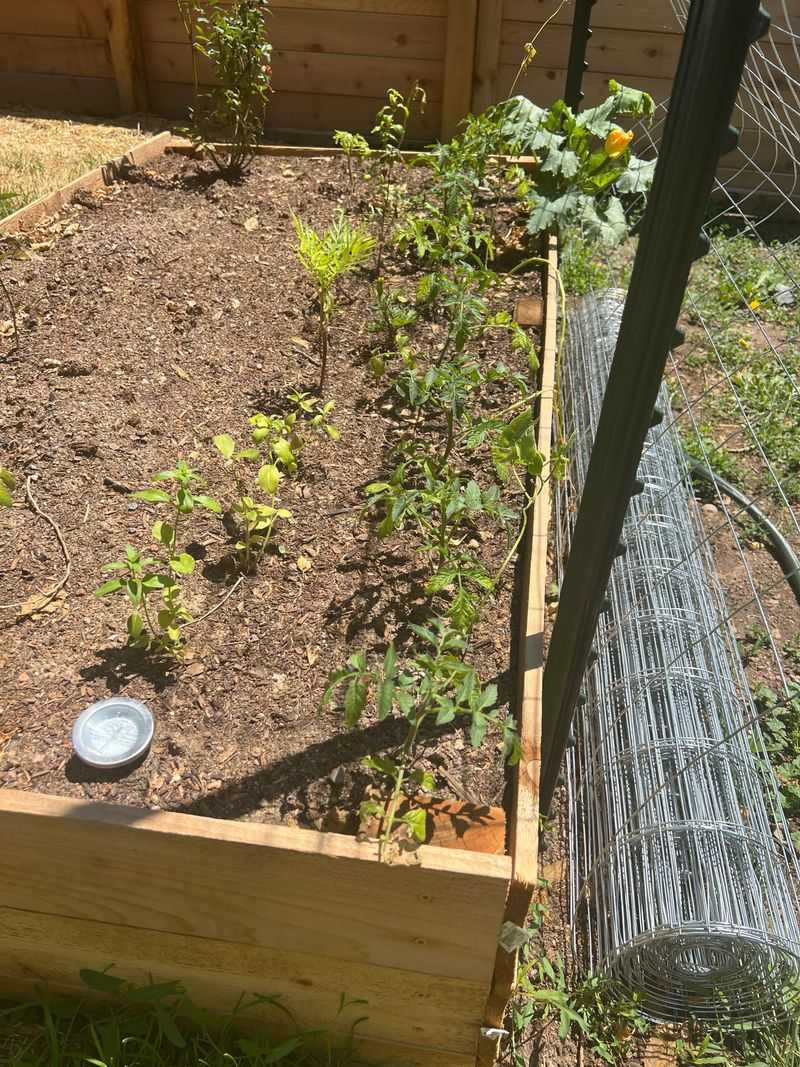
Mulch is a garden’s cozy blanket, protecting soil and conserving moisture. Skipping it is like leaving your plants out in the cold!
Apply mulch around your plants to reduce water loss and prevent weeds. Your garden will be better protected, leading to healthier plants.
17. Using Poor Quality Seeds
Starting with low-quality seeds is like building a house on shaky ground. Poor seeds may have low germination rates or produce weak plants.
Always choose reputable seed sources and opt for fresh seeds suited to your climate. Good seeds set the foundation for a strong, productive garden.

